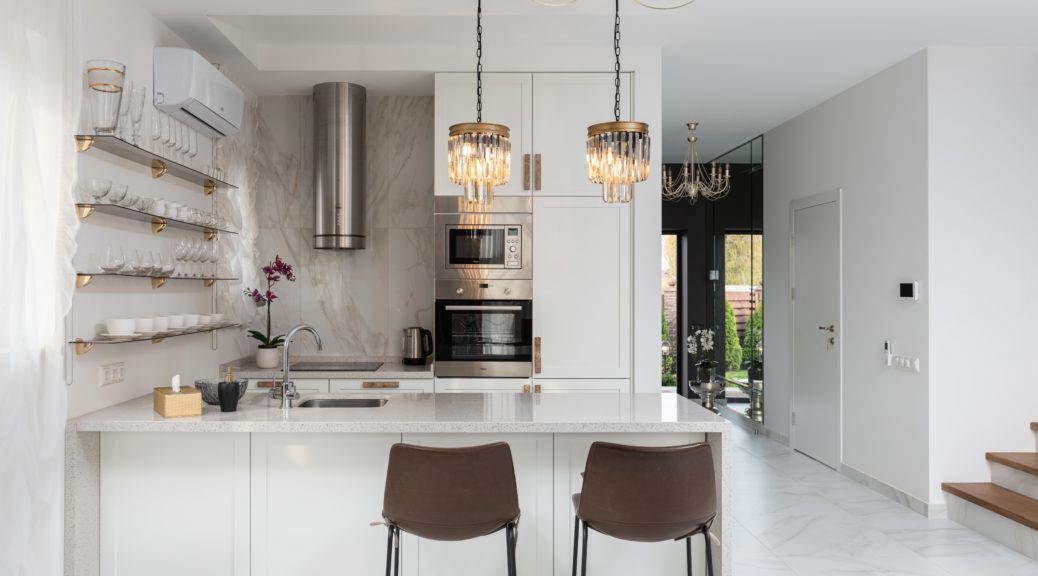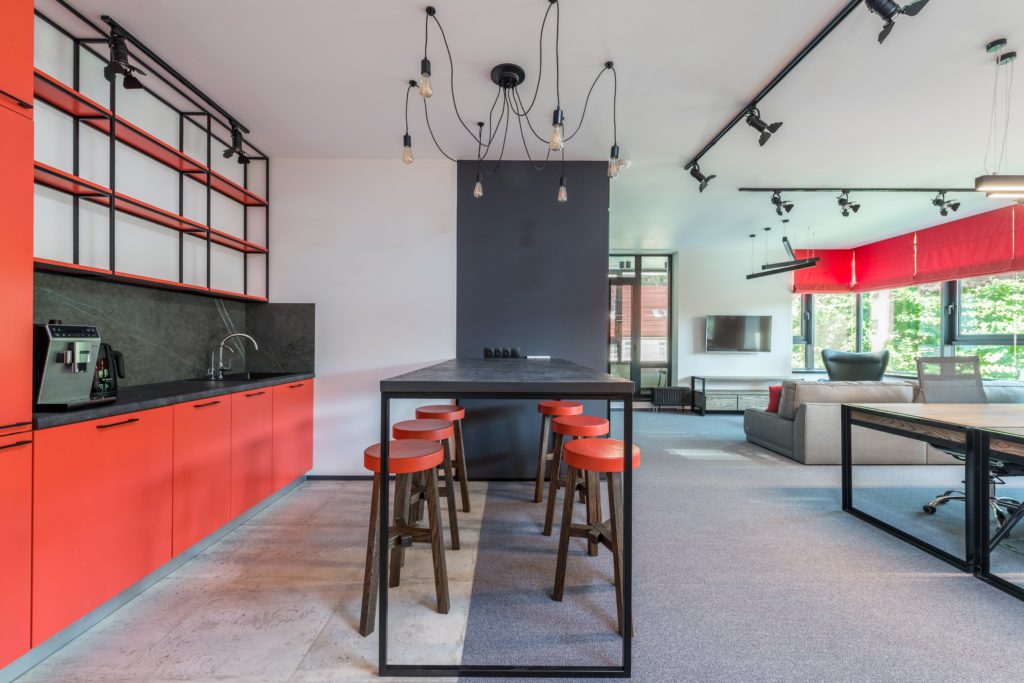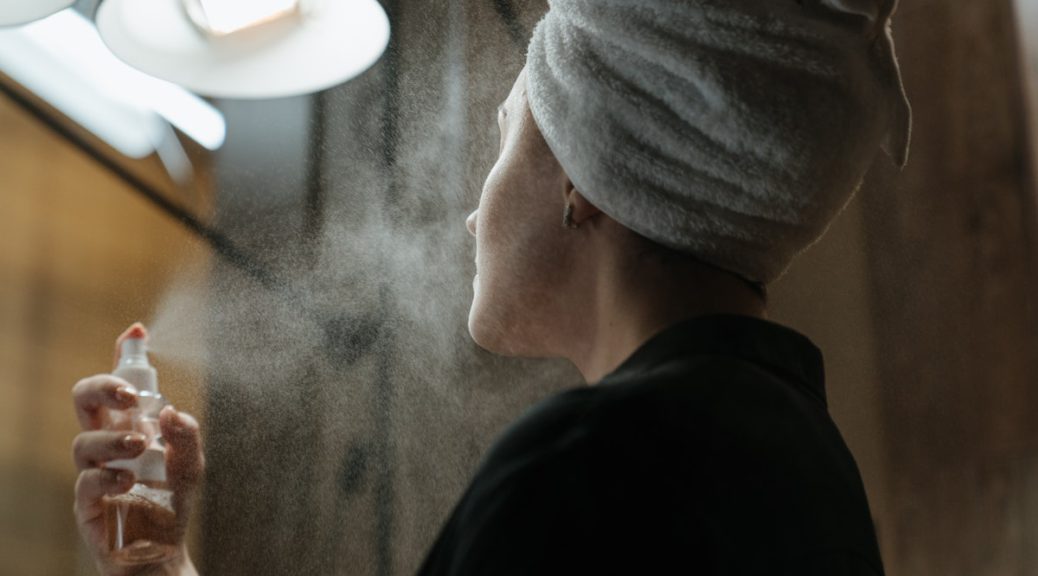Boosting Confidence through Beauty Tips
In a world that values self-expression and individuality, feeling confident in one’s appearance is essential. Beauty tips can play a significant role in enhancing their natural features and boost their self-esteem. This article explores various expert beauty tips, covering skincare, makeup, hair care, and overall well-being. By following these tips, anyone can embrace their unique beauty, radiate confidence, and make a lasting impression.
A healthy, glowing complexion forms the foundation of a woman’s beauty. To achieve a flawless look, it’s crucial to follow a consistent skincare routine. Start by cleansing your face with a gentle cleanser twice a day to remove impurities and unclog pores. Regular exfoliation helps remove dead skin cells and promote cell turnover, revealing a fresh, radiant complexion. Hydration is key for plump and youthful skin. Moisturize daily, choosing products suitable for your skin type gives you that young look.

Makeup is a powerful tool that can accentuate a woman’s natural features. Begin with a well-prepared canvas: apply a primer to create a smooth base. Use a foundation that matches your skin tone to even out the complexion. Conceal any imperfections with a high-quality concealer. Eyes are the windows to the soul, so emphasize them with carefully applied eye makeup. For those looking to add a touch of uniqueness to their appearance, green contacts can be a fantastic option. Green eyes have an enchanting allure that can instantly captivate attention. It can be a fun and transformative way to enhance your overall look, adding an element of intrigue and individuality to your beauty routine.
Healthy and luscious hair adds to a woman’s overall beauty. Start by identifying your hair type and choose appropriate products accordingly. Regularly shampoo and condition your hair to keep it clean and nourished. To avoid damage, limit the use of heat styling tools and use heat protectant products when necessary. Incorporate deep conditioning treatments and regular trims to maintain hair health and prevent split ends. Experiment with different hairstyles that suit your face shape and personal style. From sleek straight looks to voluminous curls, there are endless possibilities to express your creativity and enhance your appearance.
So, it’s party time!! When it comes to party makeup, we have endless possibilities to showcase creativity and enhance our natural beauty. If you’re seeking a bold and dramatic transformation for Halloween or any costume party, colored contacts can take your look to the next level. Colored contacts with Halloween theme offer a wide range of options, from vivid shades to mesmerizing patterns that can complete your spooky ensemble. Accentuate your eyes with smoky or shimmery eyeshadows, winged eyeliner, and volumizing mascara. Add drama with false lashes for an extra flair. Remember, party makeup is all about expressing yourself and embracing your unique style, so have fun and let your personality shine through.
Beauty radiates from within, and taking care of your overall well-being plays a vital role in enhancing your appearance. Maintain a balanced diet rich in vitamins, minerals, and antioxidants to nourish your body and skin. Stay hydrated by drinking an adequate amount of water daily. Regular exercise not only keeps you fit but also promotes healthy blood circulation, giving your skin a natural glow. Prioritize getting enough sleep to allow your body to regenerate and rejuvenate, resulting in a refreshed and energized appearance. Embrace self-care rituals that promote relaxation and reduce stress. Whether it’s enjoying a warm bath, practicing meditation, or indulging in hobbies, taking time for yourself enhances your overall well-being, which reflects positively on your appearance.
With these expert beauty tips, you can enhance your appearance and boost your confidence. Remember, beauty is not about conforming to societal standards but embracing your unique features and expressing yourself authentically. By nurturing your skin, using makeup wisely, caring for your hair, and prioritizing overall well-being, you can radiate confidence and leave a lasting impression wherever you go. Embrace these tips as tools to enhance your natural beauty and embark on a journey of self-expression and self-love. Remember, makeup is all about expressing yourself and embracing your unique style, so have fun and let your personality shine through.






